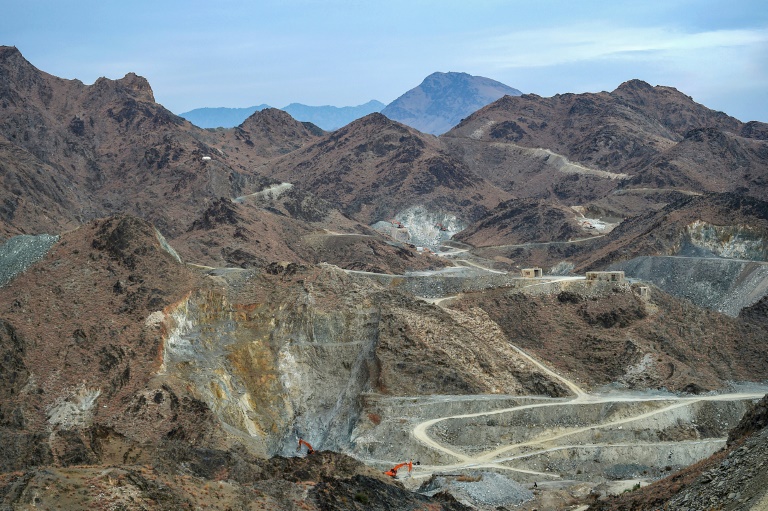Constructed by King Norodom I between 1866 and 1870, the complex still serves as a royal residence and encompasses the palace, throne hall and several pavilions. Visit early and you might stumble upon a Buddhist ceremony.
Next door, the National Museum hosts an impressive collection of artefacts and sculptures from the heyday of the Khmer Empire. From there it’s a hop and a skip to the Foreign Correspondents Club.
Housed in a colonial villa overlooking the Tonlé Sap, the boutique hotel, bar and restaurant served as a meeting place for reporters covering the Vietnam war (1955-75).

Built in 1937, the souk-like Central Market is an art deco gem in which locals shop for groceries and visitors haggle for treasures, trinkets and other items they didn’t realise they needed.
Photograph the colourful stalls and marvel at the four distinctive hallways that radiate out from the magnificent 26-metre- (85ft-) high central dome.

Deep-fried tarantula kebabs are one such example. Cambodians capture the venomous spiders by rummaging around in burrows with a stick or bare hands.
Locals also salivate at the prospect of red ants served with fermented fish sauce and fried crickets with chilli, spring onions, garlic and peanuts.

Other favourites include cockroaches, scorpions, grasshoppers and maggots, as well as more familiar (and palatable) steamed and marinated fish in banana leaf (known as amok) and Khmer red curry with noodles.
Cambodians also serve up culinary treats at Khmer New Year (April 13 to 16, 2024), which marks the end of the harvest season.
In Phnom Penh, and across the country, activities include traditional Buddhist rituals, family gatherings and pulsating processions. Water is used for cleansing and symbolically washing away the previous year’s sins and misfortune.

For a change of pace, and a dip in decibel levels, a bike tour of the rice paddies surrounding Phnom Penh offers a glimpse of rural Cambodian life. Meals with farming families are usually included in the excursion price (go easy on the sautéed cockroaches).

Polluted, unsafe, and full of reminders of a gruesome past
Phnom Penh is in the midst of a construction boom. Cranes jostle for aerial supremacy and half-finished high rises soar skywards while low-rise buildings are razed to make room for new towers.
The iconic Foreign Correspondents Club was undergoing a major remodel and upgrade but work has been suspended since pre-Covid times.
Pollution is an ongoing challenge, although plenty of Southeast Asian cities grapple with poor air quality caused by vehicle emissions.

Traffic congestion is exacerbated by Phnom Penh’s lack of public transport – most tourists rely on tuk tuks but should always keep valuables hidden from view; foreign sightseers are a tempting target for nimble-fingered pickpockets.
Phone and bag snatching occur all too often and travellers have been assaulted after having their drinks spiked.
In 2019, Phnom Penh was ranked the worst Asean city for personal safety, according to global consultancy firm Mercer’s quality of living index.
How lives are changing in Cambodia’s capital revealed – by bike
How lives are changing in Cambodia’s capital revealed – by bike
Phnom Penh may have problems but in its defence, the Cambodian capital has suffered a turbulent recent history.
During the Khmer Rouge’s forced evacuation of the city, in 1975, and in the four years that followed, about 1.7 million people were executed, starved or worked to death.
Cambodia, or Democratic Kampuchea as it was called at the time, is still recovering.

At the memorial to those who were murdered by the regime you’ll be confronted by mass graves, displays of skulls and bones, and hear harrowing personal accounts from survivors.
It’s about as far removed from a Mekong sunset cruise as you can get.
Death in paradise: from Malaysia’s beaches to Cambodia’s Killing Fields
Death in paradise: from Malaysia’s beaches to Cambodia’s Killing Fields
Tuol Sleng is another gruesome reminder of Cambodia’s tragic past.
S21, as it is also known, was a Phnom Penh secondary school commandeered by the Khmer Rouge and converted into a torture and interrogation centre where more than 18,000 Cambodians were killed.
Today, Tuol Sleng is a museum chronicling the genocide. Walk through the original cells and shudder at some of the instruments of torture that were used. The rows of black-and-white photos of victims that line the walls are especially chilling.

Constructive criticism
Travel bloggers don’t mince their words when describing Phnom Penh’s unfinished makeover.
One disappointed keyboard warrior writes, “I just felt so overwhelmed by it. It was noisy and dirty and just unpleasant.”
Another bemoaned the lack of aesthetics: “The buildings aren’t that nice … and the waterfront was disappointing to say the least: Phnom Penh is not a pretty city.”
No longer a pearl or a Paris, it seems.







